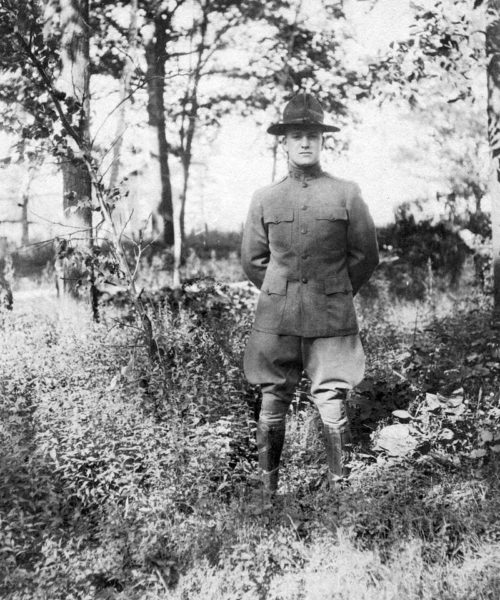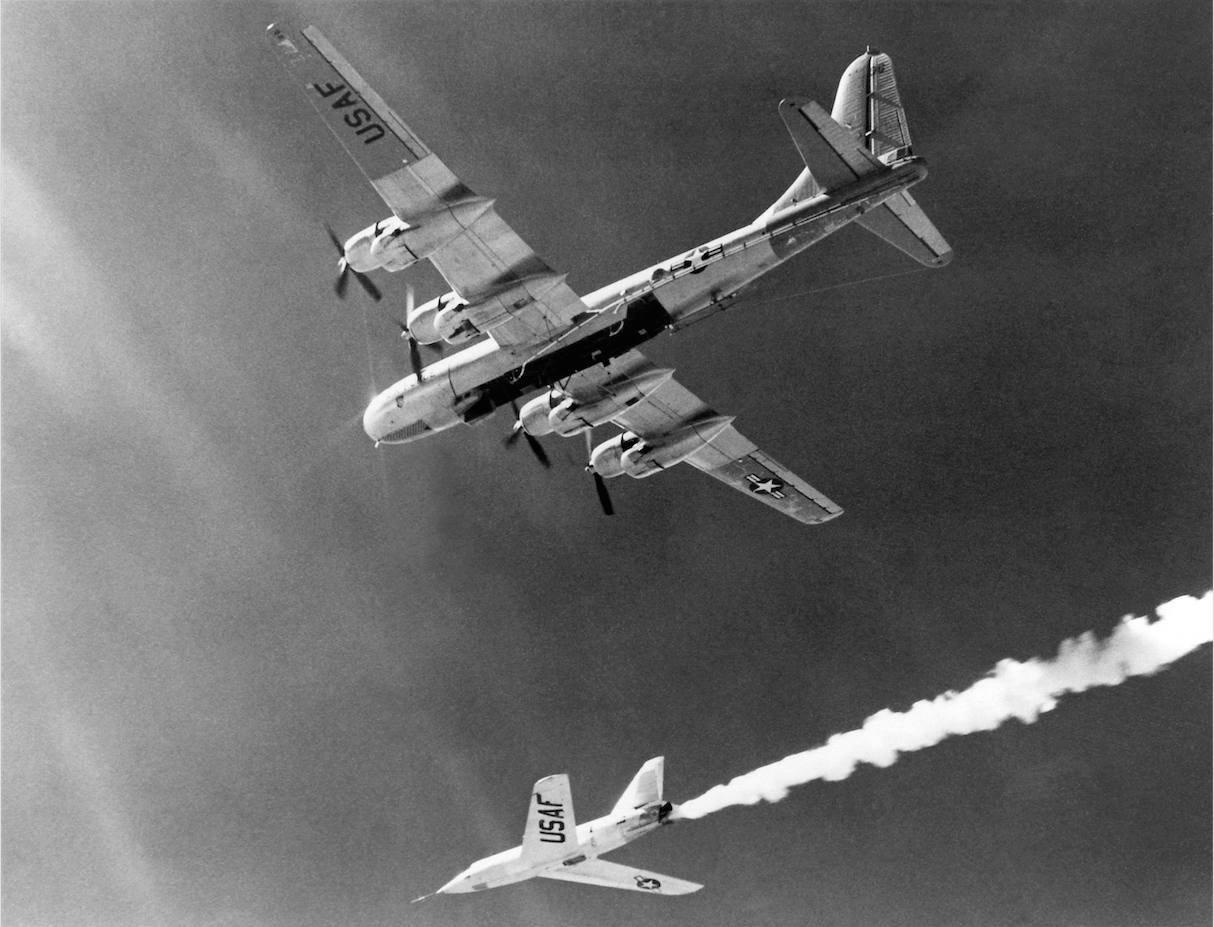September 27 in U.S. military history
1860: During an insurrection on Panama, a landing party of Marines from the sloop-of-war USS St. Mary’s land and take control of a railway station.
1918: Although his face has been shredded by an enemy grenade, 1st Lt. Deming Bronson charges across open ground with the men of Company H, 364th Infantry, capturing an enemy dugout. Later that afternoon (Sept. 26), Bronson takes an enemy bullet to the arm. Patched up by the medic and ordered to the rear, he returns to his men instead. He powers through shock and the intense pain of his wounds, and the following day, Bronson assists in the capture of Eclisfontaine, France. He then assists in knocking out an enemy machinegun position, killing the gunner himself. When a heavy enemy artillery barrage forces the Americans to fall back, Bronson is hit again, wounded in both arms by an enemy high-explosive shell. A fellow officer pulls a profusely bleeding and faint Bronson to safety, and he remains with his fellow soldiers through the night, once again refusing to abandon the battle.

For his tremendously inspiring courage and sacrifice, Lt. Bronson is awarded the Medal of Honor. Three other soldiers earned the Medal of Honor on this day: 1st Lt. William B. Turner of the 105th Infantry, 27th Division (posthumous); Sgt. Reider Waaler of Company A, 105th Machine-Gun Battalion, 27th Division; and 2nd Lt. Albert E. Baesel of the 148th Infantry, 37th Division (posthumous).
1941: At Baltimore Harbor, President Franklin D. Roosevelt launches SS Patrick Henry – the first of what will be 2,710 “Liberty Ships.” 13 more of the cost-effective and mass-produced cargo ships are launched this day, and the ships will carry millions of tons of supplies across the Atlantic during World War II.
1942: The Liberty Ship SS Stephen Hopkins becomes the only U.S. merchant ship to sink a vessel when she refuses to surrender to the German raider Stier. Hopkins will slip under the waves, but not before her crews mortally wound Stier with their 4-in. gun. 15 of the ship’s 58-man crew will survive 31 days at sea on an open lifeboat before reaching the shores of Brazil.
Stephen Hopkins‘ skipper, Capt. Paul Buck and the seaman that fired the shots that killed Stier, Merchant Marine Academy Cadet Edwin Joseph O’Hara, are both posthumously awarded the Merchant Marine Distinguished Service Medal – the Merchant Marine’s equivalent to the Medal of Honor.
Meanwhile, in the Pacific Theater, when three companies of Marines are surrounded by Japanese forces along Guadalcanal’s Matanikau River, battalion commander Lt. Col. Lewis B. “Chesty” Puller assembles a rescue force to prevent the annihilation of his men. The destroyer USS Ballard (DD-627) bombards Japanese positions for 30 minutes while Coast Guard landing craft withdraw the Marines under heavy fire.
Signalman First Class Douglas A. Munro, leader of the Higgins boats, is killed while covering the evacuation – becoming the only Coast Guardsman awarded the Medal of Honor.
1944: As 39 B-24 Liberator bomber crews of the 445 Bomb Group attack Kessel, Germany, over 100 Luftwaffe fighters take to the skies to square off against the American attackers. In what becomes perhaps the worst disaster for the Army Air Forces during World War II, 25 Liberators are shot down in Germany. Two of the crippled warplanes crash-land in France, one in Belgium, and another in England. Two bombers are forced to make emergency landings at alternate airstrips, and only four crews manage to return to Royal Air Force Station Tibenham.
1956: (Featured image) Over California’s Mojave Desert, Capt. Miburn G “Mel” Apt (USAF) cuts loose from the B-50 Superfortress and his Bell X-2 rocket plane streaks past the chase planes. Apt becomes the first pilot to fly past Mach 3 (2,098 mph), but sadly Apt’s tenure as the “Fastest Man Alive” is short lived. Just after setting the record, his plane loses control and breaks up, killing the test pilot.
1991: With the collapse of the Soviet Union bringing an end to the Cold War, President George H.W. Bush directs Strategic Air Command’s bombers to stand down from nuclear alert for the first time since October, 1957. He also asks the Soviet Union to join the United States in eliminating tactical nuclear weapons and multiple-warhead intercontinental ballistic missiles.

Today’s post is in honor of Sgt. 1st Class Joselito O. Villanueva, who gave his life for our country on this date in 2004. The 36-year-old native of Los Angeles was killed by enemy sniper fire while manning an observation post in Balad, Iraq. Villanueva spent 11 years in the Army and had been wounded in April when an improvised explosive device hit his vehicle. He was serving with the 9th Engineer Battalion, 1st Infantry Division.
